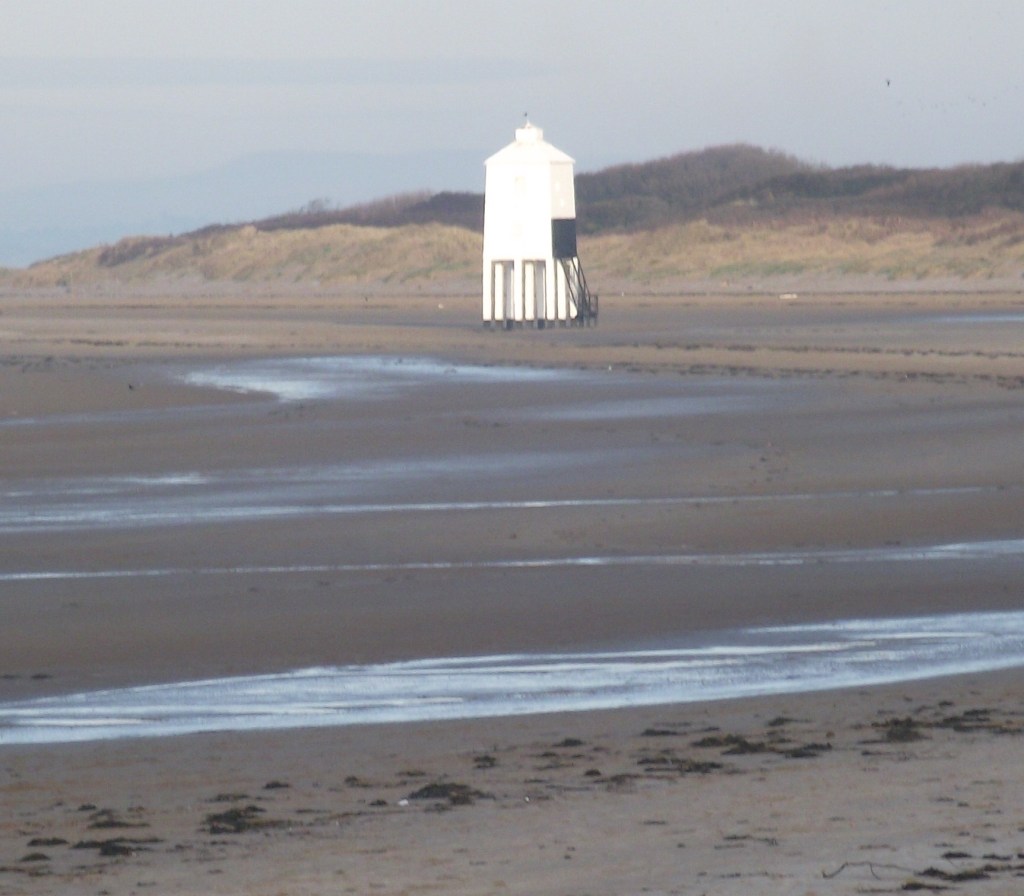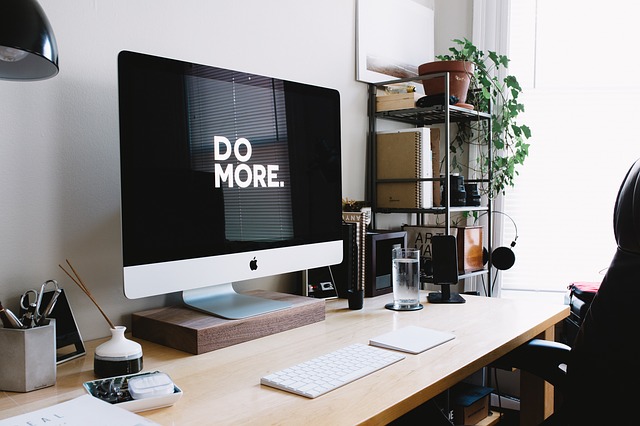A well thought out and written product description can be very powerful. It can move your customers to buy from you, or at least make them sit up and take notice of your products. Having a great product description is as important as having fabulous images or an amazing website. Your descriptions contribute to your customers’ experience and also contributes to the credibility of your online shop or products.
The most common mistake that most people make is that they simply describe their products, as in what it is. This leaves your audience a bit flat – they can see what it is you’re selling. They want to understand the unique value proposition of your product, or how it gives a solution to a problem they have.
What makes a good product description?
An effective description describes the features and benefits of your product to your customer. The aim of your description is to provide the customer with information that compels them to want to buy it immediately.
This involves writing persuasive copy and answering these questions…
- What problem does your product solve?
- What do your customers gain from using your product?
- What separates your products from others on the market?
You also need to think about SEO, (search engine optimisation), such as relevant keywords that you think your customers will use when searching for products like yours. If you get the right keywords, you’ll get more visitors …and more sales. Google will then recognise that you’re getting lots of visitors and so your online shop or website will rank higher.
The three rules to selling online
There are three basic rules to selling online…
People don’t like to be ‘sold to,’ they like to buy. If they are being sold to, then the seller is in control – if they choose to buy, they are in control. So, what you need to do is tempt your audience by solving a problem or helping them achieve a goal.
Appeal to their emotions, so they WANT to buy your products. I’m sure you’ll have heard the acronym, FOMO – the fear of missing out. This is a good example of appealing to people’s emotions. It’s not one that I’m particularly comfortable with – a good example is phone companies – they use this tactic to encourage us to buy the latest mobile phone, with all the latest technology and gadgets. The truth is, the phone you have is probably good enough for what you want, but they make you WANT to have the newer version.
You don’t have to use this hard-hitting tactic. You can use your copy to highlight the problems that your audience faces and how your product solves that. Make them feel good about the solution.
Your customers will want to have a logical reason or a rationale for buying your product – not just the emotional one. This is where your product specifications or good customer service comes in. This alone won’t sell your product, but it helps your customer feel good about the decision to buy from you.
If you think about the ads you see on TV…for fast food delivery for example. They tempt their audience in with the kind of food they know their target audience likes. They tell them that whenever they fancy a particular meal, they can get it immediately. They don’t have to go out in the cold, drive to the shop, queue for ages whilst their food is prepared, then get it home without the food getting cold. NO, you can order and have it delivered, hot and ready to eat – in your own home, on your sofa, in front of your TV.
We all know that this is more expensive, but we do it anyway, because the adverts make you WANT to.
Once they’ve set the scene, you have the specifications – what food is available, what side orders you can have, what drinks you can order, and even desserts. And you’re given the website address to order it from.
OK, I’ll give you some examples for the smaller businesses.
Jane is an artist. She sells her artwork in the form of one-off original paintings.
What will tempt her target audience? What problem is she solving for them?
Buying original artwork is an emotional buy. Your audience need to feel a connection to it – it needs to speak to them. Whether you sell landscapes or wild seascapes, wildlife, or flowers, you need to know your audience and what makes them tick.
If your artwork is one of a kind, your audience may be drawn to that because no one else will own that same painting. It makes them feel unique and valued, especially if you do commissions, so they can ask for what they want.
If you do pet or family portraits, emotion plays a big part in the decision to buy an original.
It might be that you have regular buyers who just love your work and are building a collection. They will want your latest creation as it will complete their collection.
If you paint pictures of a particular place, such as a beach that has a popular feature, or a castle that people can book for a wedding, the emotion to sell here is that they can have a little piece of a memory they have of that place hanging on their wall. They may have childhood memories of that beach that they want to capture forever in their home.
Once you know what the emotional part is, you can connect with your potential buyers by selling the benefits, for example, the feeling the painting evokes, such as joy from a memory of childhood.
The features would be the size of the painting and the materials you use to create it. You need to weave these together.
Let’s take the beach example – the feature in the painting is a lighthouse. I come from Burnham-on-Sea in Somerset, where there is a lighthouse on nine legs, so I’m going to use that – it reminds me of my childhood and walking the family dog with my Mum, come rain or shine.
Example 1
Burnham on Sea beach with lighthouse.
38cm X 55cm
£30
Example 2
Burnham on Sea beach, featuring the famous lighthouse.
If you have ever holidayed in this popular West Country seaside resort, you couldn’t fail to notice the iconic 36 feet high, white wooden lighthouse, which stands on nine vertical pillars.
If you’ve walked the short distance from the pier to the lighthouse, this painting will bring back many peaceful memories of this regal, yet tranquil setting; the slight breeze with the taste of salt in the air, the sea rolling gently in, and the soft, yellow sand underfoot.
This oil on canvas, is just £30 and measures 38cm X 55cm.
OK, so I know I’ve gone a bit over the top with my description, but you get the idea – paint a picture of your painting with words to entice your buyers in. Spark their imagination – help stimulate their senses.
Let’s have a look at a different example…
Alice makes jewellery. She uses silver wire to make her pieces and incorporates gemstones with the silver.
Example 1
Silver and amethyst gemstone ring.
£10.99 plus postage.
Select your size from the dropdown box.
Example 2
Hand crafted delicate, silver ring, adorned with a stunning purple amethyst quartz gemstone. The spiritual meaning of amethyst is healing, tranquillity and calm. Amethyst has been used throughout history to expel feelings of anger, frustration, or fury from your body.
It is also the traditional gift for the 33rd wedding anniversary. The colour purple has been linked with nobility and is a regal colour, so it has that certain luxurious quality.
Available in many different sizes, this ring is £10.99 plus postage. A little bit of luxury without breaking the bank.
Again, I may have over-exaggerated the description to get my point across, but I hope you now have a better understanding and I hope this article has given you some clarity about how to write a good product description.
As well as describing your product on your online shop or website, you should also use social media to point your audience to your website. On social media, you could talk more about your journey or story. How did you come to paint or make jewellery? What inspired you to start? Why do you use the material you use? This kills two birds with one stone. You’re describing your product and telling a story at the same time!
As always, if you have any questions, please feel free to drop me an email or message on social media.
You can also subscribe to my monthly email, which gives you valuable tips for marketing your small business, as well as ‘member only’ access to lots of free marketing resources to help you with your marketing.







 everything feels fresh and new. The only downside is that the grass grows at a phenomenal rate, so I’m out on the sit-on lawnmower a lot! But even that gives me a weird sense of pleasure…my thinking time!
everything feels fresh and new. The only downside is that the grass grows at a phenomenal rate, so I’m out on the sit-on lawnmower a lot! But even that gives me a weird sense of pleasure…my thinking time! I’ve always thought that my piles of stuff were a kind of organisation – I know where everything is; it’s my system and it works for me. In reality, it doesn’t, there have been several times recently where I couldn’t find something important…because I’d put it ‘somewhere safe’ in a pile of other paper. I’ve always found what I’m looking for in the end, but this has taken up precious time and effort…if I’d had a designated space for my piles of stuff, I’d know for sure where everything is.
I’ve always thought that my piles of stuff were a kind of organisation – I know where everything is; it’s my system and it works for me. In reality, it doesn’t, there have been several times recently where I couldn’t find something important…because I’d put it ‘somewhere safe’ in a pile of other paper. I’ve always found what I’m looking for in the end, but this has taken up precious time and effort…if I’d had a designated space for my piles of stuff, I’d know for sure where everything is. Go paperless – in our world of recycling and conserving the environment, it amazes me how many people don’t do online banking, for example. It’s so much easier that sifting through page after page of bank statements, when you can do it at a click of the mouse. I do appreciate that not everyone is computer savvy, but as much as possible, get rid of everything ‘paper’ that you can.
Go paperless – in our world of recycling and conserving the environment, it amazes me how many people don’t do online banking, for example. It’s so much easier that sifting through page after page of bank statements, when you can do it at a click of the mouse. I do appreciate that not everyone is computer savvy, but as much as possible, get rid of everything ‘paper’ that you can. Finally, I just LOVE stationery! I have an abundance of pens, pads, staplers and little gadgets, but do I really need them all? I like to have them, but I don’t necessarily need them all on show on my desk, so if you’re the same, it’s time to find a place to put them…in a drawer, or in a box within a drawer, so you know where they are. Actually, having all my bits and bobs in a box within a drawer means I can buy some more stationery (!)…the little boxes to put everything in! Probably not a good idea, but works for me!
Finally, I just LOVE stationery! I have an abundance of pens, pads, staplers and little gadgets, but do I really need them all? I like to have them, but I don’t necessarily need them all on show on my desk, so if you’re the same, it’s time to find a place to put them…in a drawer, or in a box within a drawer, so you know where they are. Actually, having all my bits and bobs in a box within a drawer means I can buy some more stationery (!)…the little boxes to put everything in! Probably not a good idea, but works for me! A clean and clear office space will help you feel more organised and motivated, whereas a messy space makes for muddled thoughts and needless stress.
A clean and clear office space will help you feel more organised and motivated, whereas a messy space makes for muddled thoughts and needless stress. Stress plays a bit part in most of our lives, and a huge pile of paper can make you feel that the hill is too big to climb; it’s overwhelming.
Stress plays a bit part in most of our lives, and a huge pile of paper can make you feel that the hill is too big to climb; it’s overwhelming.